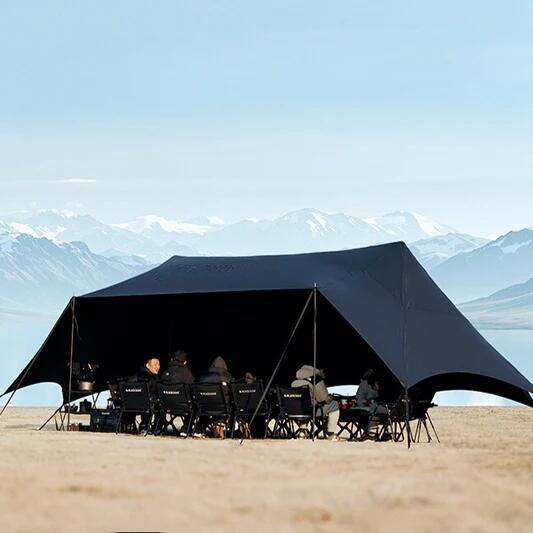Outdoor spaces are evolving. Whether it’s a café patio, a public park, or a remote worksite, people now expect more than just shade — they want functionality, sustainability, and comfort. A solar shade structure with integrated power is the answer to this modern expectation, offering both protection from the sun and a source of renewable electricity.

What Is a Solar Shade Structure with Integrated Power?
At first glance, it looks like a modern, elegantly designed canopy or pergola. But embedded within the roof are high-efficiency solar panels that convert sunlight into usable electricity. These units typically include built-in lithium battery storage, allowing the system to power:
- USB charging ports
- LED lighting
- Wi-Fi routers
- Fans or ventilation systems
- Small appliances
The design seamlessly merges utility and aesthetics.
Explore how integrated solar panel shade structures combine shelter with renewable energy generation.
Key Benefits for Commercial and Public Spaces
A solar shade structure with integrated power is especially ideal for:
☕ Outdoor Cafés and Restaurants
Provide guests with a shaded, powered area where they can charge devices and enjoy extended stays.
🏞️ Public Parks and Community Spaces
Install solar shelters in seating areas to provide lighting after sunset and power for surveillance or public Wi-Fi.
🛠️ Remote Work Zones
Useful for on-site admin stations or rest areas, particularly in off-grid environments like highway maintenance zones or rural development projects.
Design That Enhances, Not Disrupts
Unlike bulky power equipment or temporary generators, these structures are designed to complement their environment. Frames are often made of corrosion-resistant aluminum or powder-coated steel, and the solar panels are integrated into the canopy surface, not bolted on as an afterthought.
Color choices, shapes, and sizes can be customized to fit various architectural styles — from minimalist to rustic.
Sustainable and Cost-Efficient
Once installed, the energy generated is free. Over time, these structures can significantly reduce utility costs for outdoor venues or municipal parks. Some models are even eligible for government sustainability grants or green infrastructure incentives.
The integration of power storage means they continue operating at night or during power outages — a critical feature in areas with unstable grids.
Future of Outdoor Infrastructure
As urban planning continues to prioritize green energy, expect to see more of these hybrid structures in everyday life. They represent a step toward cities and communities that are not just livable, but energy-smart.
Conclusion
A solar shade structure with integrated power goes beyond being a simple shelter — it becomes a functional power hub. Whether for business, public service, or remote deployment, it’s an investment in both comfort and sustainability. In an era where infrastructure must serve multiple roles, this dual-purpose solution is ahead of the curve.
Check more about Solar Shade Structure with Integrated Power: Form Meets Function Outdoors.
